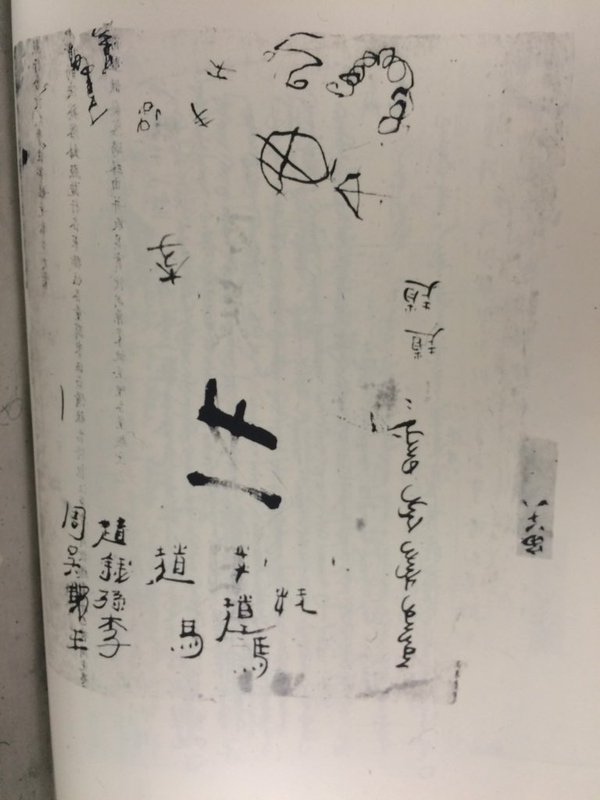Ted Chiang uninvents Chinese characters
Yesterday morning on the commute to Penn, I was intrigued by a series of six articles in the latest New Yorker (5/16/16) that appeared under the rubric "Uninvent this": Mary Karr on high heels, Charlie Brooker on dancing, Carrie Brownstein on conference calls, Lee Child on fiction, Alexandra Kleeman on mirrors…. When I reached the sixth and last one, I was so stunned that I almost dropped the magazine and nearly fell out of my seat.
Read the rest of this entry »

